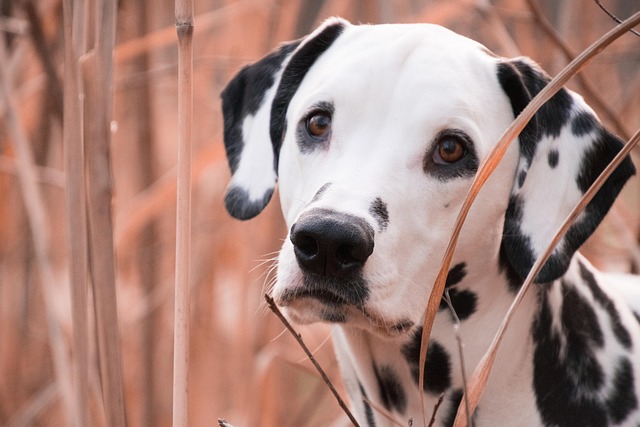
What is glaucoma in a dog?
You might notice your dog squinting more at mealtime or avoiding bright sunlight—these small changes could be early signs of a serious eye condition.
Parvo hits fast, and early signs can be easy to miss—especially in playful puppies or active adult dogs. You might brush off a little lethargy or a skipped meal as “just a off day,” but those small changes often signal trouble. Watch for your dog turning away from their favorite kibble, or lying around instead of greeting you at the door; these aren’t just mood swings—they’re early symptoms of parvo in dogs.
As the virus progresses, more obvious signs pop up, usually within 3-7 days of exposure. Severe, watery diarrhea (often bright yellow or bloody) is a big red flag, along with frequent vomiting—sometimes even of just bile. I saw a 12-week-old Beagle at my local clinic last month; his owner thought he’d “eaten something bad” until the diarrhea turned tarry, and by then he was already dehydrated. These symptoms move quickly, so don’t wait to act.
Dehydration and weakness follow fast, especially in young or senior dogs. Check their gums—if they’re dry or sticky instead of moist, that’s a problem. They might also drag their legs, refuse to drink, or have a fever (normal dog temp is 101-102.5°F; parvo can push it over 103°F). Puppies under 6 months are most at risk because their immune systems aren’t fully developed, making their symptoms even more severe.
 Remember, many places in Europe and North America have laws requiring core vaccines—including parvo—for dogs, and for good reason. Skipping those shots doesn’t just put your pup in danger; in some areas, you could face fines if your unvaccinated dog spreads illness to other pets. Most vets recommend starting parvo shots at 6-8 weeks old, with boosters every 3-4 weeks until they’re 16 weeks. It’s not just a rule—it’s a lifeline.
Remember, many places in Europe and North America have laws requiring core vaccines—including parvo—for dogs, and for good reason. Skipping those shots doesn’t just put your pup in danger; in some areas, you could face fines if your unvaccinated dog spreads illness to other pets. Most vets recommend starting parvo shots at 6-8 weeks old, with boosters every 3-4 weeks until they’re 16 weeks. It’s not just a rule—it’s a lifeline.
If you spot any symptoms of parvo in dogs, get to a vet immediately. Parvo is deadly without treatment, and even with care, survival rates drop if you wait. Don’t try home remedies—this virus needs professional help, like IV fluids to fight dehydration and meds to stop vomiting. While you’re at the clinic, ask about keeping your yard clean; parvo can live in soil for months, so disinfecting areas your dog uses is key.
Catching parvo early and staying on top of vaccines is the best defense. Those small, easy-to-miss signs—like a skipped meal or dull eyes—are your dog’s way of telling you something’s wrong. By knowing the symptoms, following local vaccine laws, and acting fast, you can give your pup the best chance to beat this tough virus. It’s a scary diagnosis, but with the right care, most dogs make a full recovery.

You might notice your dog squinting more at mealtime or avoiding bright sunlight—these small changes could be early signs of a serious eye condition.

Let’s set the scene: It’s a sweltering Phoenix afternoon—105°F outside—and you rushed your 2-year-old Lab mix, Cooper, on a quick walk to “get it over with.”

Let’s get real: You’re in your Miami apartment, watching your 3-year-old Corgi, Loki, struggle to climb the stairs to your second-floor unit.

Many dog owners brush off occasional scratching as just “dog behavior,” but persistent itching often signals something more—like a food allergy.

You might first notice your dog scratching more than usual—chewing at their paws until the fur looks thin, or rubbing their face against the couch nonstop.

Let’s be real: You’re standing in your Chicago apartment, watching your 3-year-old Beagle, Max, huff and puff just to climb onto the couch.